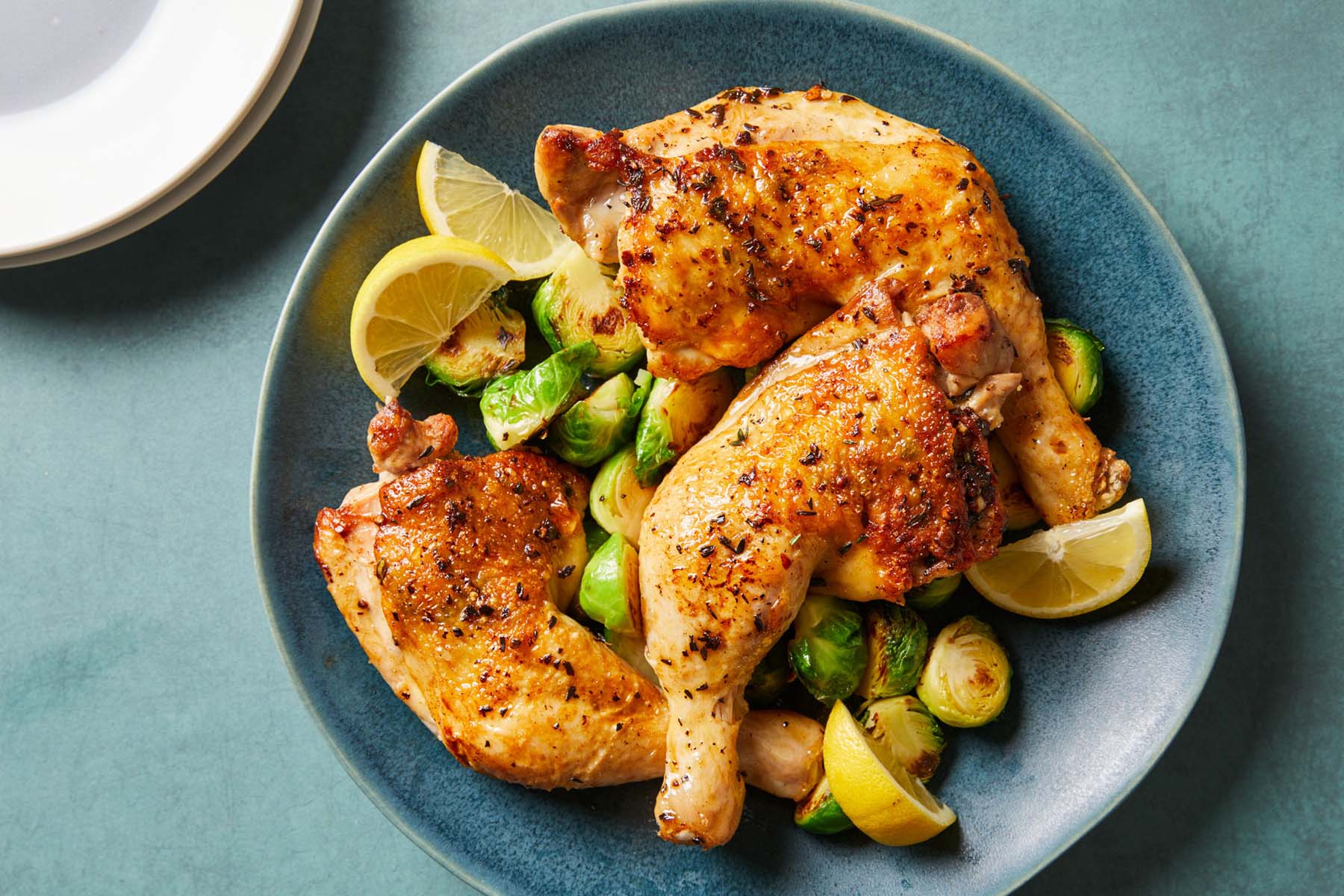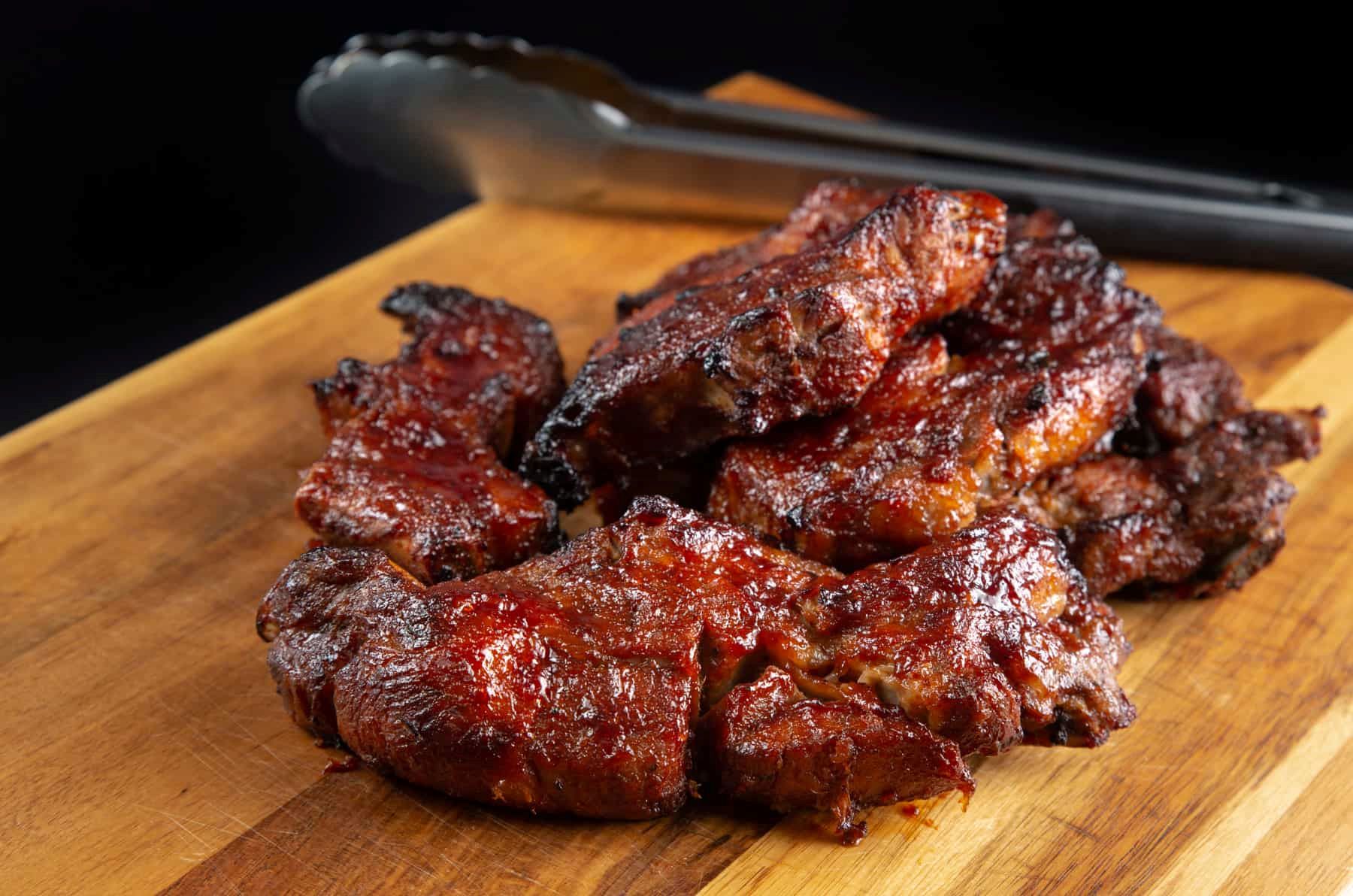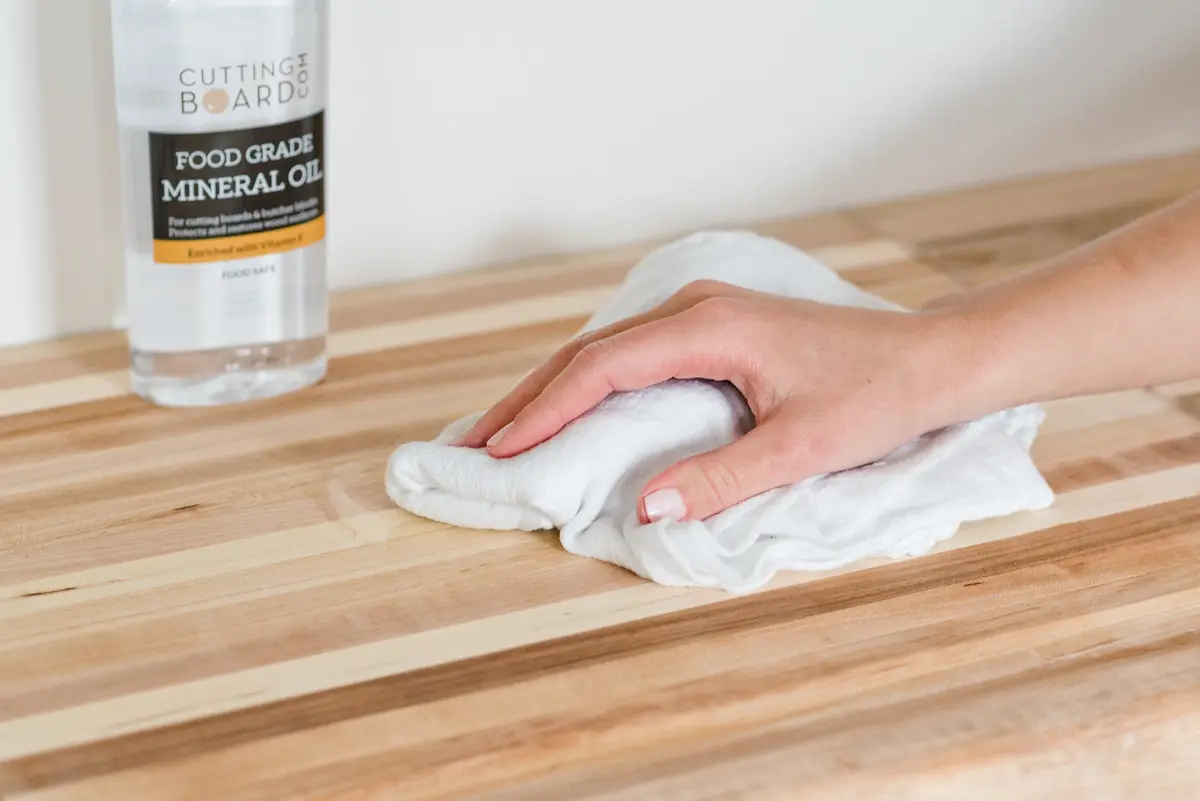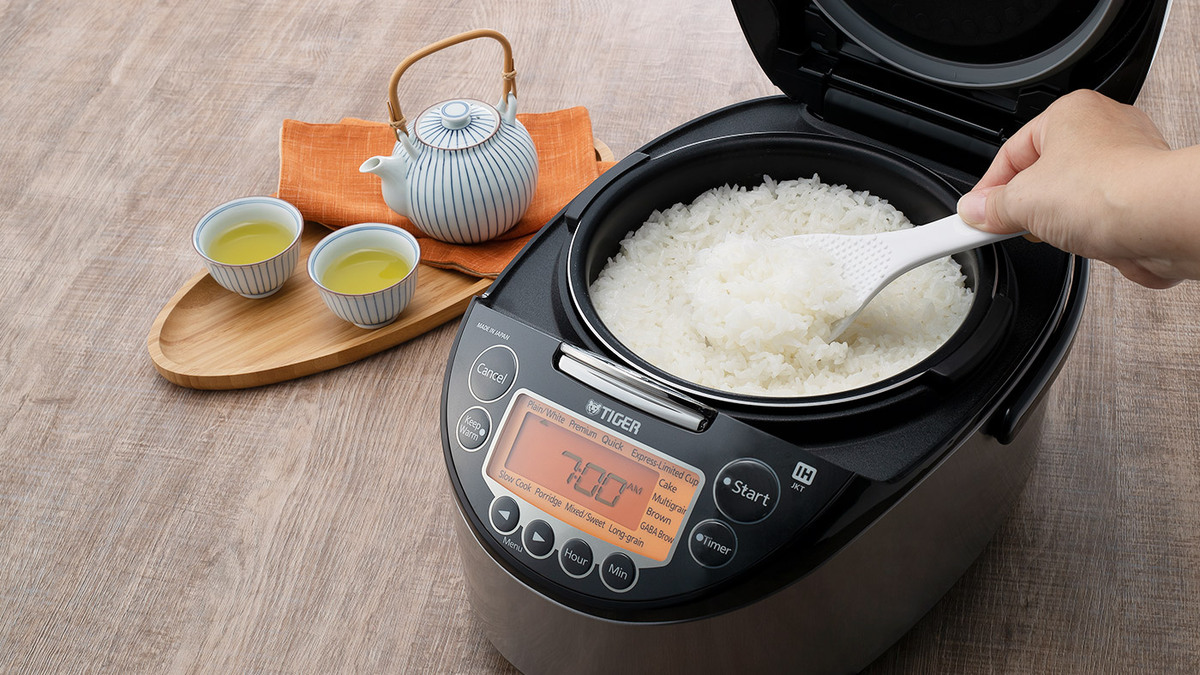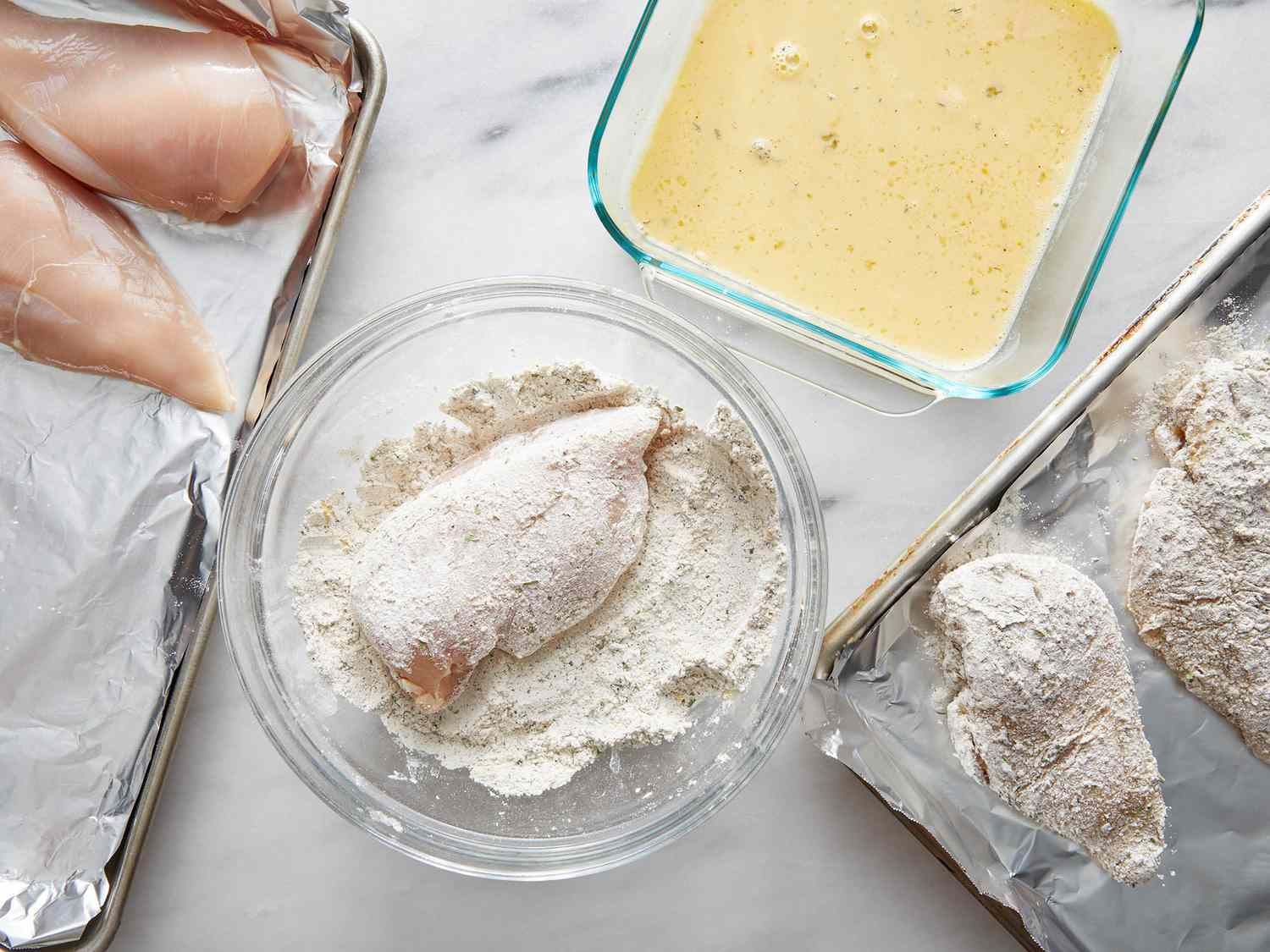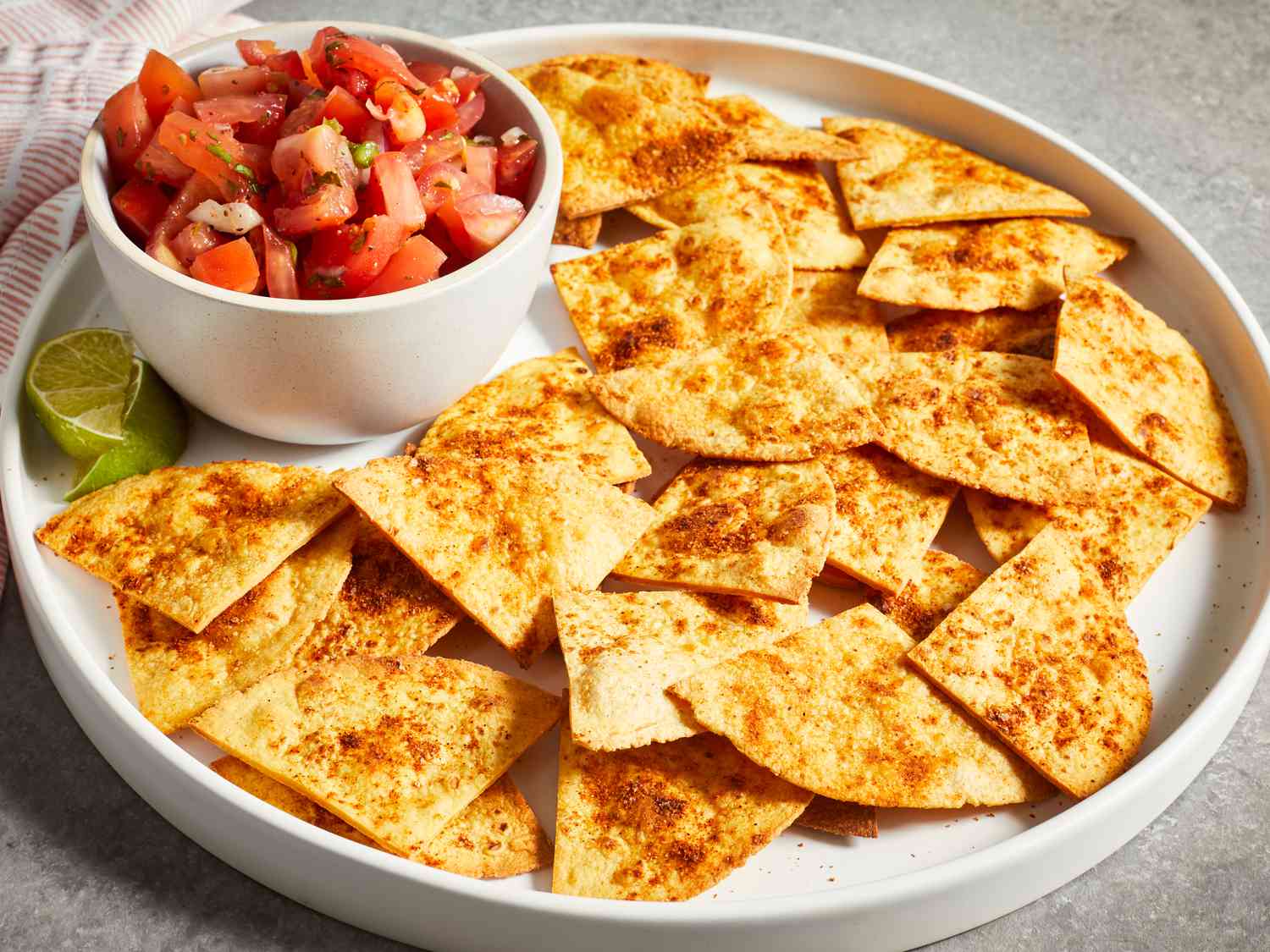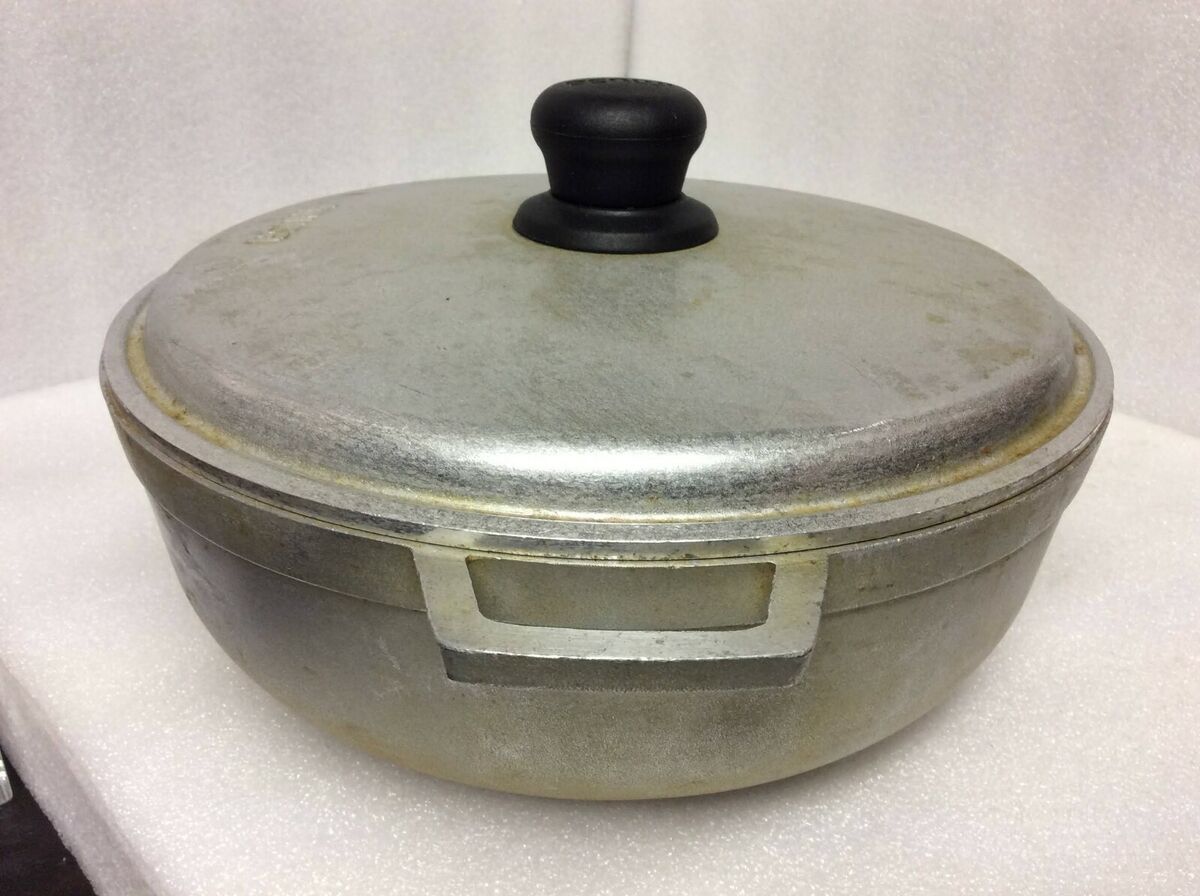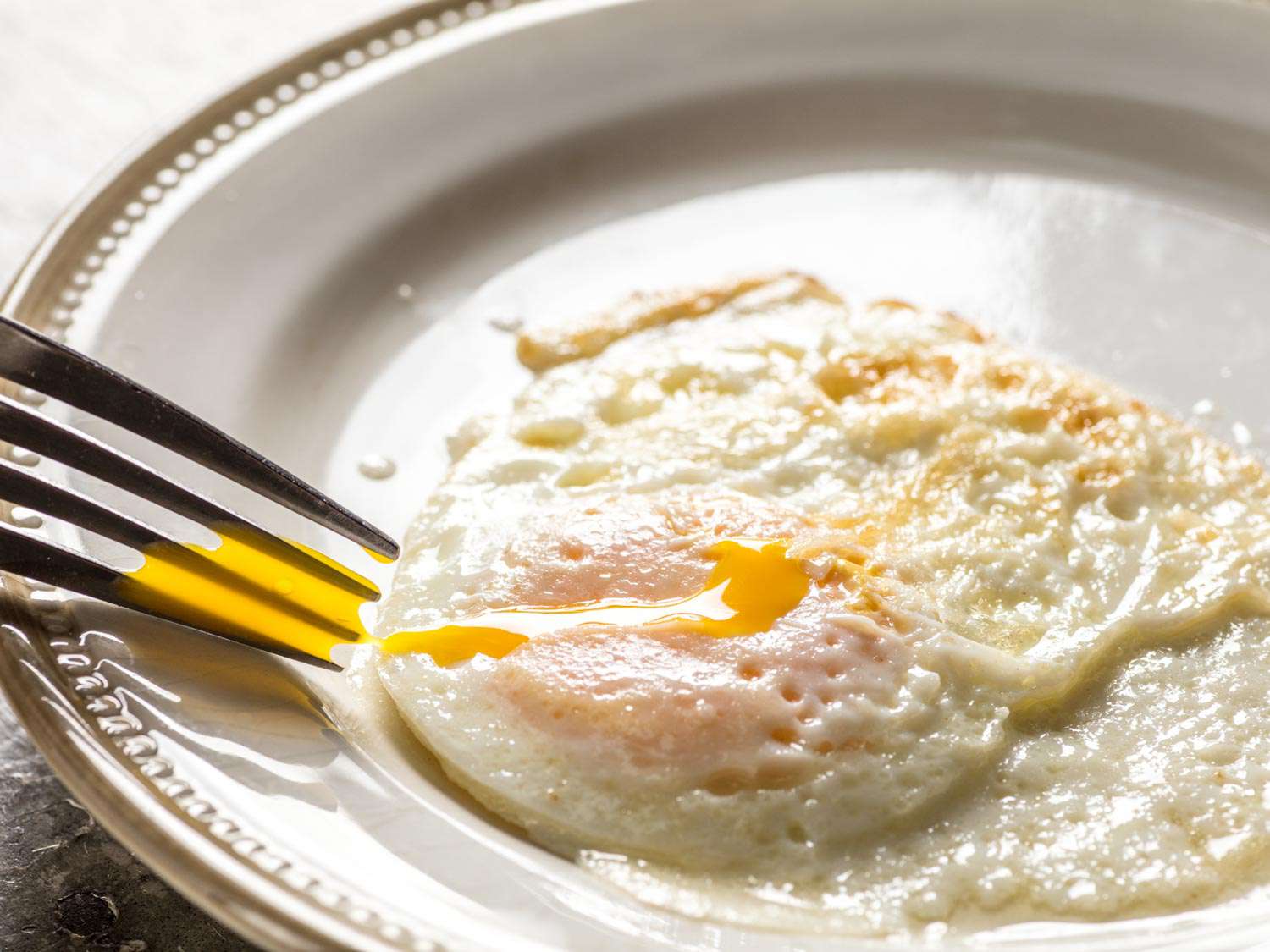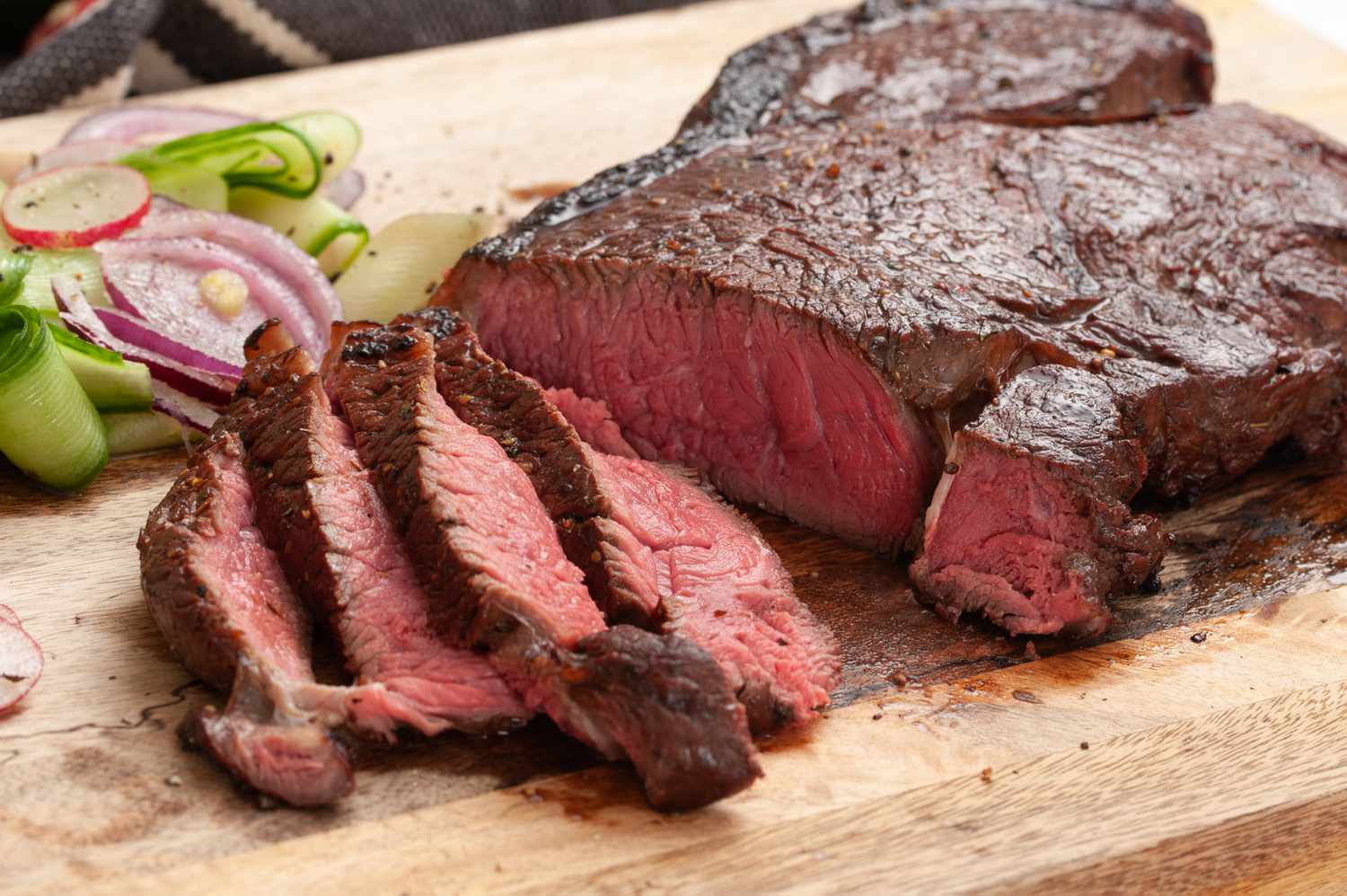Creating Delicious Onigiri: How to Season Rice for Perfect Flavor
Onigiri, also known as Japanese rice balls, are a popular and convenient snack that can be enjoyed any time of day. The key to making delicious onigiri lies in the seasoning of the rice. Here’s how you can season rice for onigiri to achieve the perfect flavor:
Choose the Right Rice
When making onigiri, it’s important to start with the right kind of rice. Short-grain Japanese rice is the best choice, as it has the perfect texture and stickiness for forming the rice balls.
Washing the Rice
Before cooking the rice, it’s essential to wash it thoroughly to remove excess starch. Rinse the rice in a fine-mesh strainer under cold water until the water runs clear. This step is crucial for achieving the ideal texture for onigiri.
Seasoning the Rice
Once the rice is cooked and still warm, it’s time to season it. In a small bowl, combine:
- 2 tablespoons of rice vinegar
- 1 tablespoon of sugar
- 1 teaspoon of salt
Stir the mixture until the sugar and salt dissolve. Then, gently fold the seasoned vinegar into the cooked rice. Be careful not to mash the rice while mixing to maintain its fluffy texture.
Adding Flavor Variations
While the classic seasoning is delicious, you can also experiment with different flavors to create unique onigiri. Consider adding a splash of mirin for a touch of sweetness or mixing in some toasted sesame seeds for a nutty flavor.
Forming the Onigiri
Once the rice is seasoned to perfection, it’s time to shape it into onigiri. To form the rice balls, follow these steps:
- Wet your hands with water to prevent the rice from sticking.
- Scoop up a small portion of seasoned rice and place it in the palm of your hand.
- Gently press the rice together to form a compact triangle or ball shape.
For added flair, consider placing a small amount of your favorite filling, such as pickled plum or grilled salmon, in the center of the rice before shaping it into a ball.
Wrapping the Onigiri
Traditionally, onigiri is wrapped in a strip of nori (seaweed) to make it easier to handle and eat. Simply wrap a strip of nori around the onigiri, leaving the bottom portion exposed for easy gripping.
Enjoying Onigiri
Once your onigiri is formed and wrapped, it’s ready to be enjoyed! Whether as a quick snack or a packed lunch, onigiri is a versatile and delicious treat that can be enjoyed by all ages.
By following these simple steps for seasoning rice for onigiri, you can create flavorful and satisfying rice balls that are perfect for any occasion. Experiment with different seasonings and fillings to find your favorite combination, and enjoy the delightful experience of making and savoring homemade onigiri.
Was this page helpful?
Read Next: How To Season A Squash For Baking

